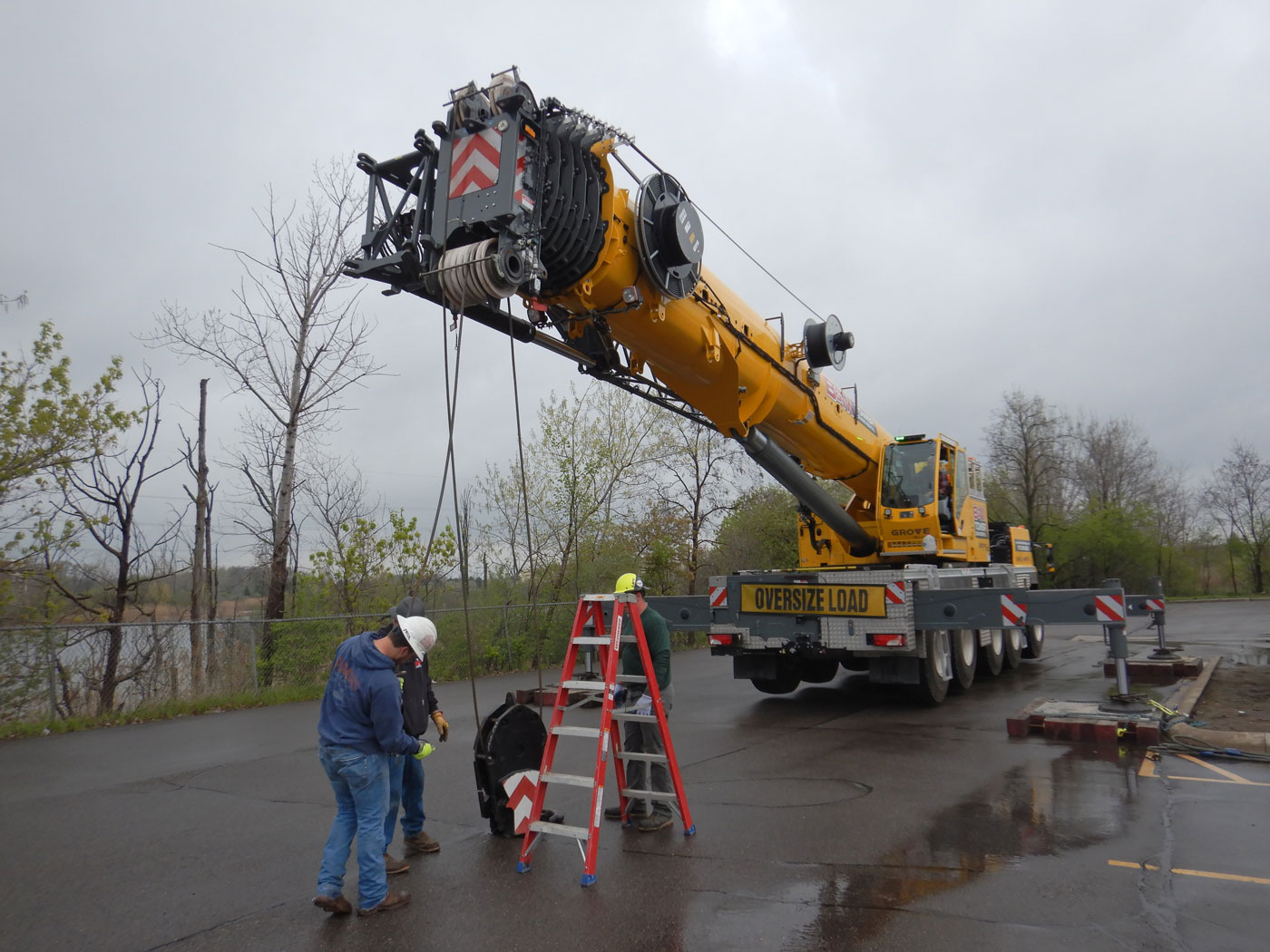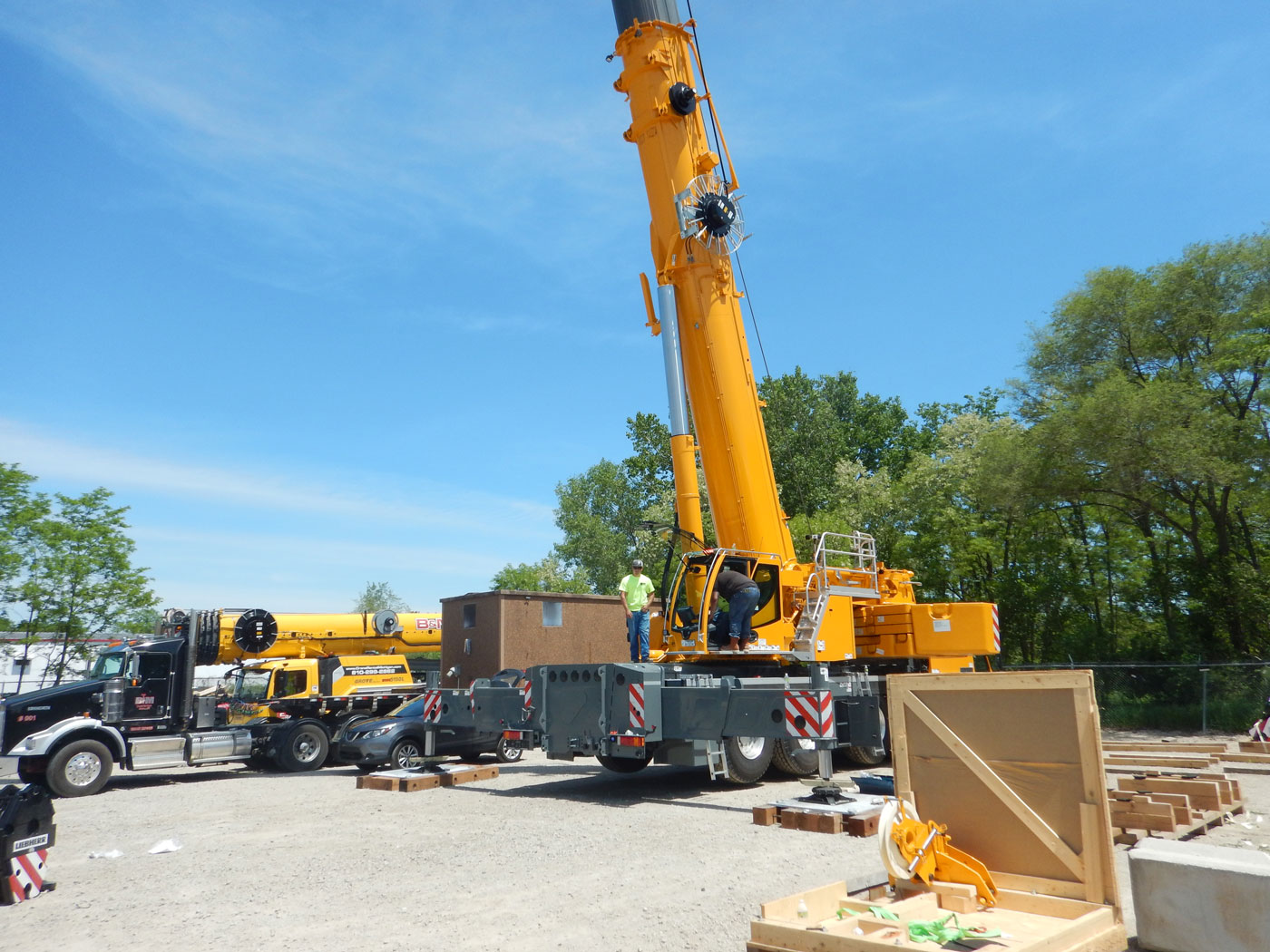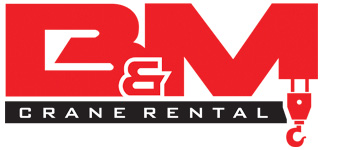Once you have landed a construction job, it’s time to start planning. An integral part of a well-organized construction project is finding the right tools and equipment to get the job done. You may need to rent from multiple sources, or consider buying some equipment if you anticipate using a certain machine often in the future. We’re here to give you a brief description of some common construction equipment, so you can better plan out your project and start to formulate an accurate timeline to keep progress on track.

Excavators
Excavators consist of a protruding arm that has a boom and low-hanging dipper with an attached bucket, and a cab to house the operator. The cab sits on an undercarriage with either wheels or tracks depending on the terrain you are working with. The main job of an excavator is digging, but they can also be used for material handling, demolition, dredging, forestry, and snow plowing. The cabin area can swivel 360 degrees, making it easy for the operator to view the site and control the machine safely.
Dragline Excavator
For big construction projects that require deep excavations, you will certainly need a dragline excavator. These behemoths contain a long length boom and digging bucket that is suspended from the boom via a cable. A qualified operator will lower down the bucket to pick up material and then lift the bucket to dispose of material in a designated area. Dragline excavators can be based on a standard lifting crane or on heavy units which need to be built on the worksite. This means transporting parts of the dragline excavator will require some planning and coordination on your part. Make sure you allot your team ample time to construct the excavator safely once all parts arrive on site. These machines are extremely useful for projects like port construction, underwater excavations and sediment removal.
Bulldozers
Bulldozers are smaller pieces of equipment compared to the massive excavators mentioned above. Mounted on a tractor base, the bulldozer has a metal plate, called a blade, that can push soil, sand, rubble, and other materials. Bulldozers will typically have a ripper on their back end which is a claw-like feature that can loosen compact soil to make it easier to push around. These machines are used to remove topsoil or to transport large amounts of material over short distances at a job site. Bulldozers mounted on wheels can move quickly, but have a tendency to sink into soft ground because all of their weight is exerted on the tires. Alternatively, track bulldozers spread weight along a track so they can navigate around soft ground without getting stuck.
Trencher
A trencher is used for, you guessed it, forming trenches! This machine uses a fixed long arm with a digging chain and tooth to excavate deep and narrow channels. The purpose of digging trenches is for easy utility installation such as laying pipes, cables or drainage systems. The two most common types of trenchers that are used for construction purposes are chain trenchers and wheel trenchers. Chain trenchers use chains that cover booms or round metal frames to dig into hard ground. They are able to dig very deep and narrow trenches, and are often used among utility companies for infrastructure installations. Wheel trenchers use toothed metal to cut through pavement or soils. They are able to reach variable depths when digging and can remove large volumes of material with their powerful steel teeth.
Loader
Loaders are used to move aside or load materials into other machines. They are great at cleaning up sites by moving debris to a garbage area and preparing the area for other equipment to be used. Loaders are able to move minerals, rock, sand, asphalt, manure, snow, woodchips, gravel, feed, and more. Within this type of machinery there are many sub-categories such as bucket, front-end, front, skip, shovel, skid-steer, scoop, swing, compact front, tractor front and payloaders. The specific type of loader you end up using will depend on a number of factors including the work environment, materials you will be lifting, and visibility requirements, to name a few.

Tower Crane
A tower crane is a fixed type of crane that consists of a tall tower, jib, counter jib, and operator cabin. These massive cranes will have to be assembled on the job, with the assistance of other machinery like a mobile crane. The main purpose of using a tower crane is to hoist materials to high weight when erecting tall buildings or structures. Tower cranes have to be properly balanced with the counter jib so they do not tip over when hoisting heavy materials like frames, acetylene torch and generators, steel trusses, and prestressed concrete.
Telehandler
Telehandlers include a long telescopic boom, meaning it can extend and contract easily according to your needs. This type of crane is used to lift heavy materials or to provide a platform for workers. Various accessories can be attached to your telehandler depending on your project needs such as:
- Grapple buckets to securely hold materials and assist in worksite cleanup
- Material buckets for spreading gravel, leveling ground, and loading materials
- Cubing forks to load, unload, and place brick or block cubes
- Lumber forks with a wider width to transport long materials safely
- Pallet forks to lift and handle palletized materials
With the help of these attachments, loads can be lifted from the ground all the way to rooftops and anywhere in between. Telehandlers are an extremely versatile piece of equipment to have on hand at your site, giving you great value for money.
Truck Mounted Mobile Crane
This is the most common type of crane used today. The mobile crane is great at lifting loads that weigh anywhere from 14.5 to 1,300 tons. Always double check the weight capacity of a mobile crane before you buy or rent to ensure that it will be able to safely lift your materials. If not, you risk the possibility of injury to your workers, as well as hundreds of thousands of dollars in repair costs if the crane breaks. One huge selling point with mobile cranes is they can be driven on public roads without any special licensing. This seriously expedites the transport process from rental yard to worksite so you can quickly get to work once the mobile crane shows up.
We hope this guide has helped to inform you about just a few very useful types of equipment that are often found at construction sites. It is imperative that you use the appropriate tools and machinery for your specific job, otherwise you risk using equipment for a task that it was not designed to do. These situations can cause stress and anxiety, and lead to workplace accidents that would have been easily avoided with the appropriate planning. We encourage contractors to be proactive with their project planning, and invest in the right equipment to get the job done safely and on time!

